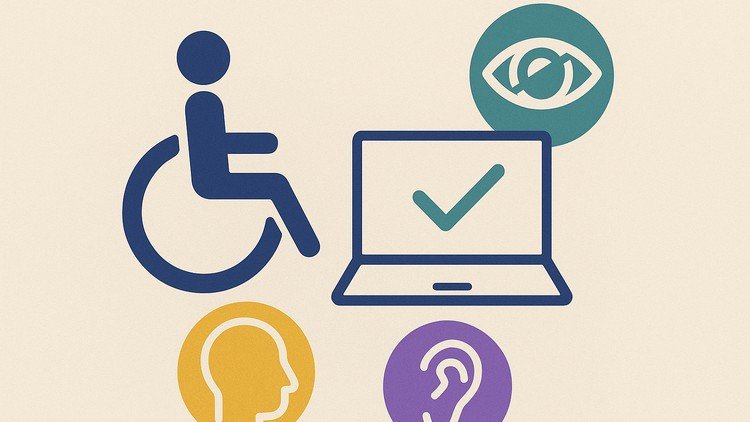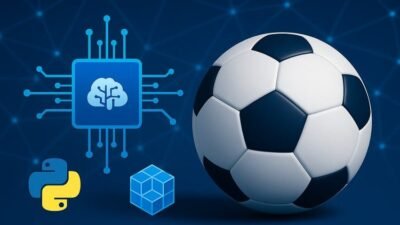If you’re looking to dive into the essential world of accessibility testing, the "Accessibility Testing – Foundation Course" on Udemy is an excellent starting point. Designed for those eager to understand how to create more inclusive websites and applications, this course offers a comprehensive foundation in accessibility principles and testing methodologies.
What you’ll learn
This course equips you with a solid understanding of web accessibility, focusing on key skills and technologies that are crucial in the field. Here’s a breakdown of what you’ll learn:
- Web Content Accessibility Guidelines (WCAG): You will become familiar with these guidelines, which serve as the foundation for developing accessible web content.
- Screen Reader Usage: Gain practical knowledge on how to use screen readers, enabling you to test how inclusive your web content is for visually impaired users.
- Keyboard Navigation: Understand the importance of keyboard accessibility and learn how to navigate web applications without a mouse.
- Automated Accessibility Testing Tools: Discover tools like Axe and WAVE that can help automate parts of the testing process.
- Manual Testing Techniques: Develop skills in manual testing to complement automated methods, ensuring a thorough assessment of accessibility.
- Real-world Scenarios: The course also presents real-world case studies that illustrate common accessibility challenges and how to overcome them.
By the end of the course, you will have a well-rounded skill set that prepares you to perform accessibility assessments effectively.
Requirements and course approach
The course is designed with beginners in mind, so you don’t need any prior knowledge of accessibility testing. However, a basic understanding of web development concepts and general computing skills will be helpful. Here are some specifics regarding the requirements and course approach:
- Technical Requirements: You will need a computer with internet access to view course materials and practical demonstrations.
- Learning Materials: The course is composed of video lectures, quizzes, and hands-on exercises, allowing you to engage actively with the content.
- Self-paced Learning: Designed for flexibility, you can complete the course at your own pace, fitting the material into your personal schedule.
- Practical Assignments: These will reinforce your learning by encouraging you to apply concepts to real websites, enhancing your practical understanding.
Who this course is for
This course caters to a range of learners, making it accessible to anyone interested in accessibility:
- Beginners in Web Development: If you’re new to web design or development, this course provides essential knowledge to make your future projects more accessible.
- Quality Assurance Professionals: Those involved in software testing can greatly benefit from adding accessibility testing to their skill set.
- User Experience (UX) Designers: Understanding accessibility is crucial for UX designers who wish to create inclusive products.
- Project Managers and Stakeholders: Learning about accessibility can help guide project decisions and enhance team discussions on inclusive practices.
Overall, the course is ideal for anyone looking to infuse accessibility into their professional development, ensuring that they can contribute to creating a more inclusive digital world.
Outcomes and final thoughts
Upon completing the "Accessibility Testing – Foundation Course," you should feel confident in your ability to assess and improve the accessibility of web content. The skills gained will not only enhance your professional versatility but also align with the growing demand for accessible digital products.
Participants have reported increased awareness of accessibility issues and have been able to implement what they’ve learned in real-world projects effectively. The course fosters an understanding of ethical principles surrounding accessibility, emphasizing the importance of inclusivity in technology.
In conclusion, this foundation course serves as a valuable resource for individuals at various levels looking to start or advance their knowledge in accessibility testing. With its user-friendly structure and comprehensive content, it prepares learners to make meaningful contributions to the field of web accessibility, ultimately ensuring smoother experiences for all users.





